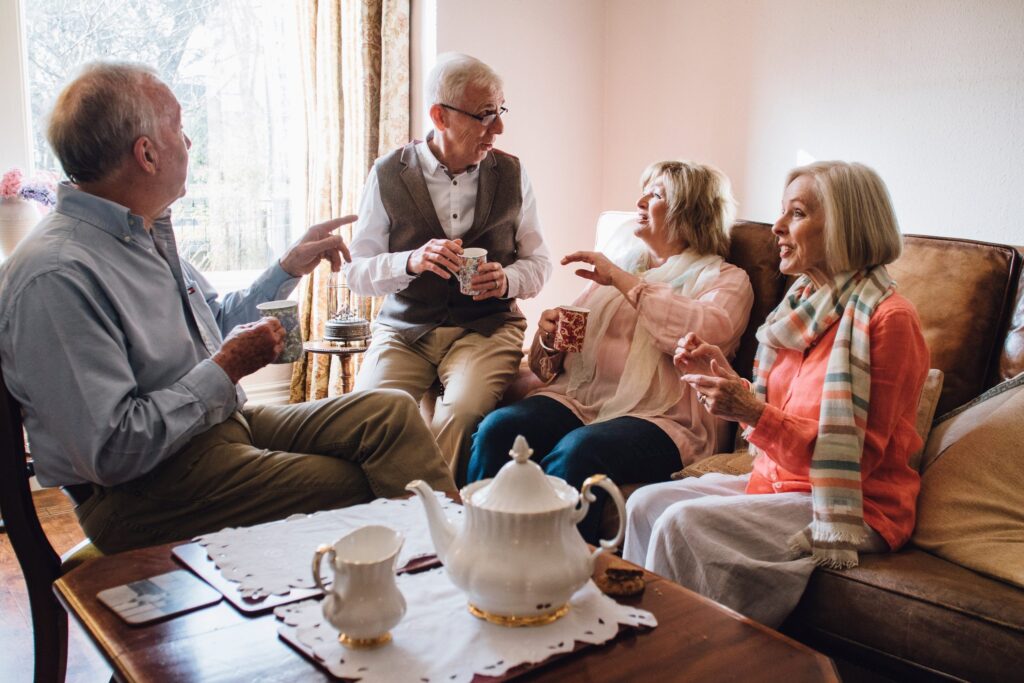1. What is Assisted Living?
Assisted Living residences are designed to maintain the independence of older people who are not safe on their own. They provide assistance with activities of daily living (ADL), such as bathing, dressing and taking medication. They also provide socialization opportunities. They do not provide 24/7 nursing care. Care is customized to the resident’s needs and wants.
2. Assisted Living is a New Concept
The first Assisted Living complex, Park Place, opened in 1981. Its creator, Dr. Keren Brown Wilson, wanted a way to provide medical and daily care for older adults while maintaining their independence. By 1986, the concept expanded to offer community areas and activities designed for socialization. Today, many ALs offer physical, occupational and speech therapy to residents, too.
3. Assisted Living is NOT a Nursing Home
Assisted Living communities are not nursing homes. They were designed to permit people who only need a little help to live on their own instead of in an institutional setting. Patients who require 24-hour nursing services, who can’t get out of bed or sit up on their own, who can’t transport themselves (whether in a wheelchair or by walking) do not qualify for Assisted Living.
4. The Typical Assisted Living Resident May Resemble a Typical Parent
According to the National Center for Assisted Living, the typical resident is an 87-year-old woman, who is no longer safe cooking her meals, needs reminders of when to take medication, and needs help bathing. She has high blood pressure and may be experiencing the early signs of Alzheimer’s Disease.
5. Assisted Living is Regulated by All 50 States
Although each state has licensing standards for Assisted Living, there is no uniform regulatory standard.
6. Not All AL Communities are the Same
Less than 40 percent of the businesses licensed as some form of assisted care facility actually use the term “assisted living” as part of their formal name. Personal care-and-board homes, group homes and residential care homes are also considered Assisted Living. Most of these are privately owned and function in residential setting. Some states don’t require these facilities to have the same staffing as larger Assisted Living communities. Although assisted living facilities differ by state, most offer the following services:
- Three meals a day
- Wellness classes and activities
- Social events
- Spiritual activities
- Housekeeping and personal laundry services
- Coordination with the resident’s personal physician
- Medication management
7. Residents Can Indulge in AL Communities
Smoke? Drink? Have sex? Residents can feel free to indulge in an AL community. Overnight guests are welcome. Most communities also have a garage or shelter for resident vehicles, which they are free to drive at any time. Some communities also permit pets or pet visits.
8. Costs Are Lower Than You Might Think
Genworth’s 2014 Cost of Care study indicates that the national median monthly rate for Assisted Living communities is $3,500. That’s about half the median rate for nursing home care. Some states subsidize Assisted Living with Medicaid, Supplementary Security Income or Social Services Block Grant programs. Private long-term care insurance is also used to pay for some costs.
9. Assisted Living Offers Respite Care
Most Assisted Living communities offer short-term stays for potential residents or people recovering from surgery or an illness. Respite care features the same amenities and services — meals, social activities, and personalized attention from the staff — that come with full-time living.
Assisted Living Statistics
Almost 1.2 million people live in approximately 30,000 assisted living communities in the United States. At least 70 percent of people will need long-term care at some point after they reach age 65, noted a CareScout report. According to the Assisted Living Federation of America (ALFA), assisted living communities have seven times as many women as men.

